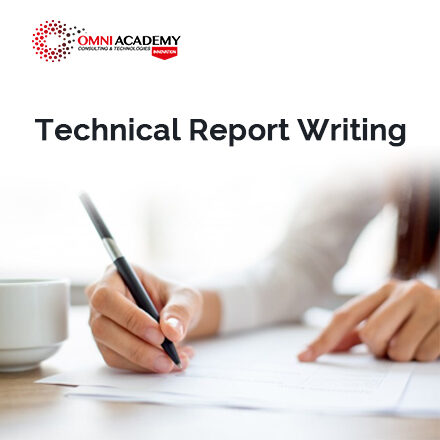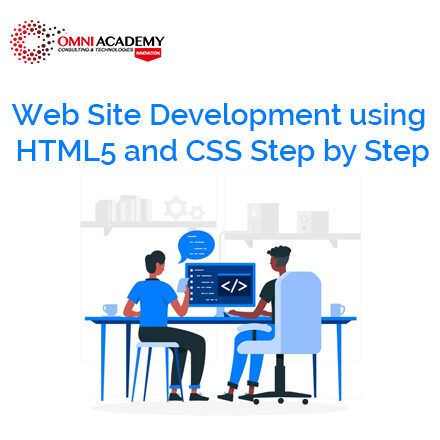Complete Angular 17 Training Course
The Angular 17 course is designed for developers looking to master the latest version of Angular, a popular JavaScript framework for building robust and scalable web applications. This course covers everything from the basics of Angular to advanced topics, ensuring that you are well-equipped to create dynamic, responsive, and modern web applications. Whether you are a beginner or an experienced developer, this course provides comprehensive coverage of Angular 17’s features and best practices.
Key Learnings
- Introduction to Angular 17:
-
- Understanding Angular’s architecture.
- Setting up the Angular development environment.
- Introduction to TypeScript and its role in Angular.
- Components and Templates:
-
- Creating and using components.
- Understanding component lifecycle hooks.
- Working with templates and data binding.
- Directives and Pipes:
-
- Using built-in directives (ngIf, ngFor, etc.).
- Creating custom directives.
- Understanding and using pipes.
- Services and Dependency Injection:
-
- Creating and using services.
- Understanding dependency injection.
- Implementing HTTP client for API communication.
- Routing and Navigation:
-
- Setting up Angular routing.
- Navigating between different views.
- Using route guards and lazy loading modules.
- Forms and User Input:
-
- Building template-driven and reactive forms.
- Validating user input.
- Handling form submission.
- State Management:
-
- Understanding state management in Angular.
- Using NgRx for state management.
- Testing and Debugging:
-
- Unit testing components and services.
- End-to-end testing with Protractor.
- Debugging Angular applications.
- Performance Optimization:
-
- Analyzing and optimizing application performance.
- Lazy loading modules and components.
- Best practices for optimizing Angular applications.
- Building and Deploying Applications:
-
- Building Angular applications for production.
- Configuring and deploying Angular applications.
- Using Angular CLI for efficient development.
Course Content
Module1: Introduction
- What is Angular?
- Angular vs React vs Vue
- Overview of Angular 17 features and architecture
- Setting up the Development Environment
Module2: Getting Started
- Creating a new Angular 17 project using Angular CLI
- Exploring the project structure and files
- Running and serving the application
- Displaying data using interpolation and expressions
Module3: Components
- Understanding the role of components in Angular 17
- Creating and using components
- Passing data between components using inputs and outputs
- Using component lifecycle hooks
Module4:Directives
- Understanding the difference between structural and attribute directives
- Creating and using built-in directives such as ngIf, ngFor, ngSwitch, etc.
- Creating and using custom directives
Pipes
- Understanding the purpose of pipes in Angular 17
- Creating and using built-in pipes such as date, currency, json, etc.
- Creating and using custom pipes
Module5: Services
- Understanding the role of services in Angular 17
- Creating and using services
- Injecting dependencies using providers
Modules6: Modules
- Understanding the role of modules in Angular 17
- Creating and using modules
- Importing and exporting modules
Module7: Data Binding
- Understanding the difference between one-way and two-way data binding
- Creating and using property binding, event binding, and banana-in-a-box syntax
- Using template reference variables
Module8:Routing
- Understanding the role of routing in Angular 17
- Creating and configuring routes
- Navigating between routes using routerLink and router.navigate()
- Using route parameters, query parameters, and fragments
Module9: Forms
- Understanding the difference between template-driven and reactive forms
- Creating and validating forms using form controls, form groups, form arrays, etc.
- Using built-in validators such as required, minLength, maxLength, etc.
- Creating and using custom validators
Module10: HTTP Client
- Understanding the role of HTTP client in Angular 17
- Creating and using HTTP requests to communicate with backend services
- Using observables to handle asynchronous data streams
- Using interceptors to modify or handle HTTP requests or responses
Module11: New, Declarative Control Flow
- Explaining the new template control block syntax and how it simplifies common tasks like conditional rendering, looping, and handling empty collections
- Giving examples of using the new blocks, such as @if, @else, @switch, @case, @default, @for, and @empty
- Comparing the new syntax with the previous one, such as *ngIf, *ngSwitch, and *ngFor
- Mentioning how the new control blocks support zoneless applications with signals
Modul12:Deferred Loading Blocks
- Explaining the concept of deferred loading and how it can improve the performance and user experience of web applications
- Introducing the new @defer control block that enables lazy-loading of the block’s content and its dependencies
- Giving examples of using the @defer block for different scenarios, such as loading components, directives, pipes, animations, and styles
- Mentioning how the @defer block works with the new view transitions API
Module13:View Transitions API
- Explaining the purpose and benefits of the view transitions API, which allows developers to customize the animations and transitions between views
- Introducing the new withViewTransitions directive that enables the use of the view transitions API
- Giving examples of using the withViewTransitions directive with different transition types, such as fade, slide, zoom, and flip
- Mentioning how the view transitions API works with the Angular router and the browser history
Module14Other Features and Improvements
- Briefly summarizing some of the other features and improvements that Angular 17 offers, such as:
- Support for passing in @Component.styles as a string
- Angular’s animations code is lazy-loadable
- TypeScript 5.2 support
- The core signal API is now stable
- Node.js v16 support has been removed and the minimum support version is v18.13.0
- Esbuild will be the default builder and the default dev server will use Vite
Prerequisites
- Basic Knowledge of HTML, CSS, and JavaScript: Understanding the fundamentals of web development is essential.
- Familiarity with TypeScript: Since Angular uses TypeScript, a basic understanding of TypeScript will be beneficial.
- Experience with Web Development: Prior experience with any web development framework or library will be helpful but not mandatory.
Target Audience
- Web Developers: Professionals looking to enhance their skills in modern web development using Angular.
- Frontend Developers: Developers aiming to specialize in frontend technologies and frameworks.
- Full-Stack Developers: Developers who want to deepen their knowledge of the frontend development stack.
- Software Engineers: Engineers seeking to expand their toolkit with a popular and powerful framework.
- Computer Science Students: Students looking to gain practical experience with industry-relevant technologies.
- Tech Enthusiasts: Individuals interested in learning how to build dynamic, responsive, and scalable web applications.
- Project Managers and Team Leads: Professionals who manage web development projects and want to understand the technology stack their team uses.
International Student Fees: USD600$
Job Interview Preparation (Soft Skills Questions & Answers)
- Tough Open-Ended Job Interview Questions
- What to Wear for Best Job Interview Attire
- Job Interview Question- What are You Passionate About?
- How to Prepare for a Job Promotion Interview
Stay connected even when you’re apart
Join our WhatsApp Channel – Get discount offers
500+ Free Certification Exam Practice Question and Answers
Your FREE eLEARNING Courses (Click Here)
Internships, Freelance and Full-Time Work opportunities
Join Internships and Referral Program (click for details)
Work as Freelancer or Full-Time Employee (click for details)
Flexible Class Options
- Week End Classes For Professionals SAT | SUN
- Corporate Group Trainings Available
- Online Classes – Live Virtual Class (L.V.C), Online Training
Related Courses
Complete Front-End Web development (Html, CSS, JavaScript, jQuery, Angular JS)
AngularJS Developer 4.0 Training
Python programming – Mastering Python
Mobile Application Development
PHP with MYSQL Web Development Course








 WhatsApp Us
WhatsApp Us